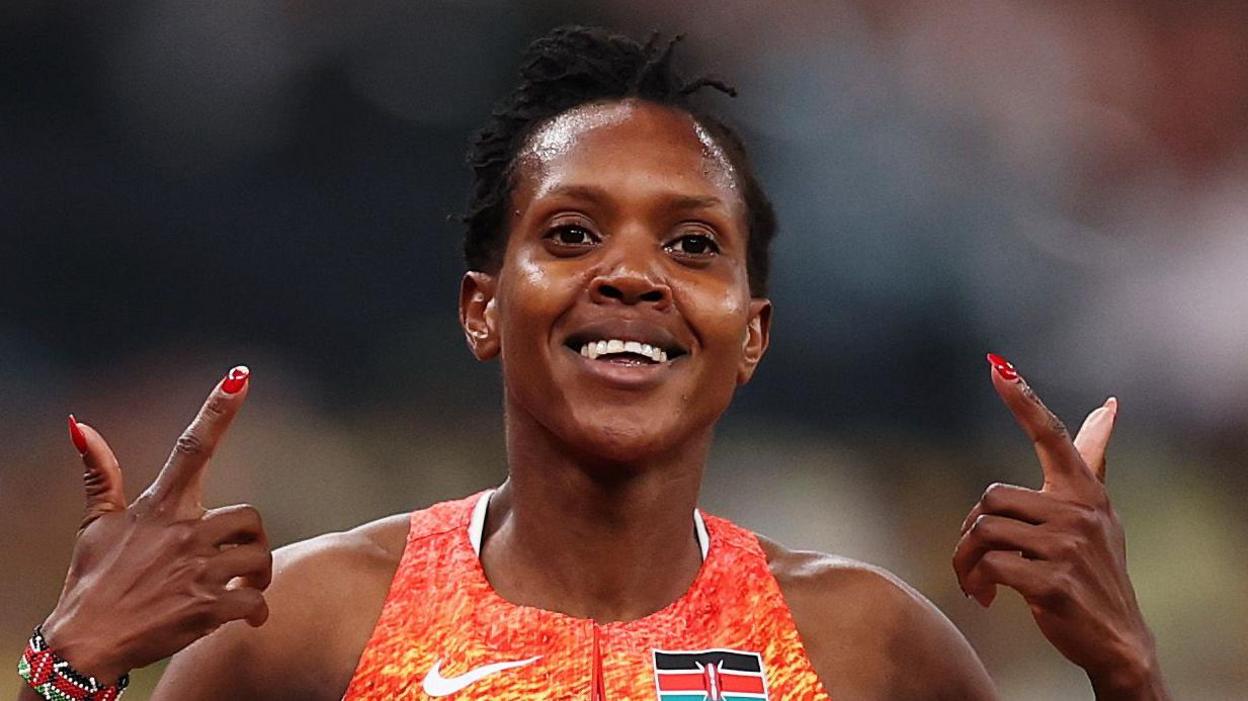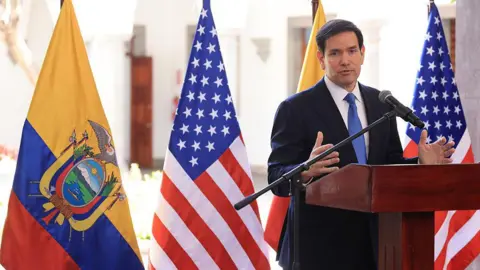In a recent presidential proclamation, President Trump announced a travel ban affecting individuals from twelve nations, yet made allowances for athletes, coaches, and their support teams wishing to participate in significant sporting events within the United States, such as the Olympics and the FIFA World Cup. The current administration has delegated the responsibility of defining what qualifies as a "major sporting event" to Secretary of State Marco Rubio.
As international sporting fixtures are scheduled to take place in the U.S. in the near future, the implications of this travel ban could be significant. Notably, upcoming events such as the CONCACAF Gold Cup and the Club World Cup, both commencing on June 14, have the potential to be impacted. While some countries on the ban list traditionally do not have a strong sports presence, others, like Iran and Haiti, could likely send athletes to compete.
In addition to the Gold Cup—featuring Haiti competing in cities such as San Diego and Houston—the Club World Cup will also see participation from a diverse range of international teams, each including players and managerial staff from across the globe. However, the event has no participating teams from the impacted countries at this time.
Further complicating the assessment, numerous other major events are slated to occur in the United States this year, including the under-19 softball World Cup and skateboarding championships. Yet, these may not meet the threshold for exemption as judged by Mr. Rubio. The regulations also extend to college athletics, where many teams rely on international talent, raising questions about potential roster challenges.
Future events hold particular prominence, such as the World Cup scheduled for 2026 and the Summer Olympics in 2028, again emphasizing the urgency for clarity on what constitutes a “major sporting event.” The outcome of these decisions will undoubtedly shape the landscape of international sports participation in the U.S., challenging both policymakers and sports organizations alike.
As international sporting fixtures are scheduled to take place in the U.S. in the near future, the implications of this travel ban could be significant. Notably, upcoming events such as the CONCACAF Gold Cup and the Club World Cup, both commencing on June 14, have the potential to be impacted. While some countries on the ban list traditionally do not have a strong sports presence, others, like Iran and Haiti, could likely send athletes to compete.
In addition to the Gold Cup—featuring Haiti competing in cities such as San Diego and Houston—the Club World Cup will also see participation from a diverse range of international teams, each including players and managerial staff from across the globe. However, the event has no participating teams from the impacted countries at this time.
Further complicating the assessment, numerous other major events are slated to occur in the United States this year, including the under-19 softball World Cup and skateboarding championships. Yet, these may not meet the threshold for exemption as judged by Mr. Rubio. The regulations also extend to college athletics, where many teams rely on international talent, raising questions about potential roster challenges.
Future events hold particular prominence, such as the World Cup scheduled for 2026 and the Summer Olympics in 2028, again emphasizing the urgency for clarity on what constitutes a “major sporting event.” The outcome of these decisions will undoubtedly shape the landscape of international sports participation in the U.S., challenging both policymakers and sports organizations alike.





















